The combination of carbon fiber and a robotic arm can result in the creation of advanced and versatile robotic systems with various applications in industries ranging from manufacturing and aerospace to healthcare and exploration. Carbon fiber is a lightweight, strong, and durable material known for its exceptional mechanical properties, including high tensile strength and stiffness, which make it an ideal choice for constructing lightweight yet robust structures. Robotic arms, on the other hand, are mechanical devices designed to perform tasks that typically require human-like dexterity and precision.
How The Combination Of Carbon Fiber And A Robotic Arm
- Reduced Weight: Carbon fiber’s lightweight nature allows for the construction of robotic arms that are both lightweight and strong. This is particularly useful in applications where the robotic arm needs to be mounted on mobile platforms, drones, or wearable exoskeletons, as it minimizes energy consumption and enhances overall mobility.
- Enhanced Strength and Rigidity: Carbon fiber’s high tensile strength and stiffness contribute to the overall structural integrity of the robotic arm. This enables the arm to carry heavy payloads, perform tasks that require forceful interactions, and maintain precision during operation.
- Increased Reach and Flexibility: Carbon fiber can be molded into complex shapes, allowing for the design of robotic arms with extended reach and a wider range of motion. This versatility is beneficial in applications where the robotic arm needs to access confined spaces or perform tasks that involve intricate movements.
- Vibration Damping: Carbon fiber’s inherent vibration-damping properties can help reduce vibrations and unwanted oscillations during the operation of the robotic arm. This is crucial for applications that demand high precision, such as surgery or delicate material handling.
- Corrosion Resistance: Carbon fiber is corrosion-resistant, making it suitable for applications in harsh environments where traditional metal components might deteriorate over time. This includes underwater exploration, chemical handling, and aerospace applications.
- Reduced Maintenance: Carbon fiber’s resistance to corrosion and fatigue can lead to decreased maintenance requirements for the robotic arm, resulting in cost savings and increased uptime.
- Aerospace and Space Exploration: The combination of carbon fiber and robotic arms is particularly relevant in aerospace and space exploration. Lightweight yet strong materials are essential for reducing launch costs and enabling more efficient space missions. Robotic arms equipped with carbon fiber components can be used for tasks such as satellite servicing, maintenance on space stations, and planetary exploration.
- Manufacturing and Automation: In manufacturing, robotic arms with carbon fiber components can be used for tasks like pick-and-place operations, assembly, and precision machining. Their lightweight nature and high precision can lead to increased efficiency and accuracy in production processes.
- Medical Applications: Robotic arms constructed with carbon fiber can be used in surgical procedures, enabling surgeons to perform minimally invasive procedures with enhanced precision. The lightweight yet sturdy design of the arms can facilitate delicate operations.
- Humanoid Robots and Prosthetics: Carbon fiber-based robotic arms can be integrated into humanoid robots or used as components in advanced prosthetics, providing improved mobility and functionality to individuals with limb impairments.
Incorporating carbon fiber into robotic arm design offers numerous advantages, but it’s also important to consider factors like cost, manufacturing complexity, and integration challenges. As technology continues to advance, we can expect to see more innovative applications of this combination across various industries.
With its outstanding advantages, carbon fiber has been widely used in many fields. The role of intelligent mechanization in the industrial field is becoming more and more prominent. Carbon fiber has also brought more development space for a new generation of industrial robots, of which the most prominent is carbon fiber. Mechanical arm.
For industrial robots, bearing capacity, operation accuracy, motion inertia, etc. are several important indicators for selecting materials for production. The rigidity of the arm directly affects the stability and accuracy of the working process. If the rigidity itself is not enough, it will lead to bending deformation and torsional deformation of the mobile phone, followed by vibration, and more seriously, the workpiece will be stuck. The tensile strength of carbon fiber composite materials reaches 3000MPa, which is several times that of steel, and it is more prominent than traditional structural materials in terms of bearing capacity.
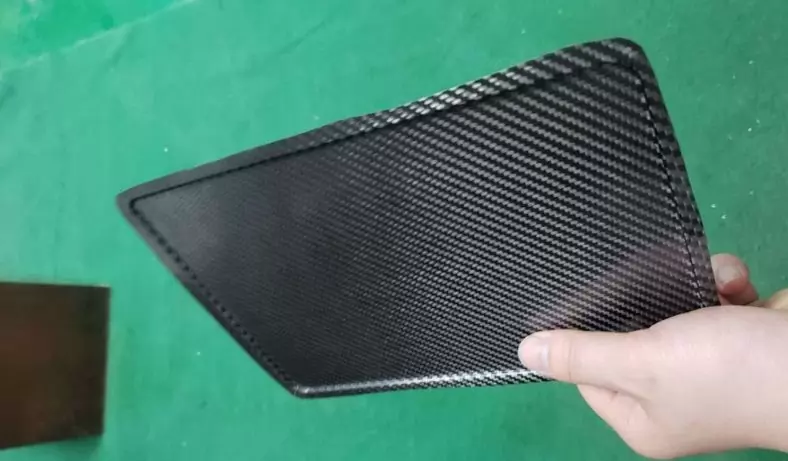
What Is Inertia About?
The answer is the mass of the object itself. Only when the weight of the arm is lighter, the inertia of its motion will be smaller, and the operation will be more brisk and stable. The density of carbon fiber composite material is only 1.7g/cm3. The speed and smoothness of work have been significantly improved. At the same time, the carbon fiber composite material has a stronger thermal expansion coefficient than the general metal material, and can maintain the minimum creep amount at different temperatures, thus ensuring the operation accuracy of the robot arm.
China Be-cu Prototype Material Technology Co., Ltd. was established in 1995. Since its establishment, it has been adhering to the service concept of customer first, and has been able to stand out in industry exhibitions over the years. Now the company has a production workshop of more than 5,000 square meters, more than ten kinds of precision milling equipment and supporting production lines, focusing on providing customers with high-quality carbon fiber products.
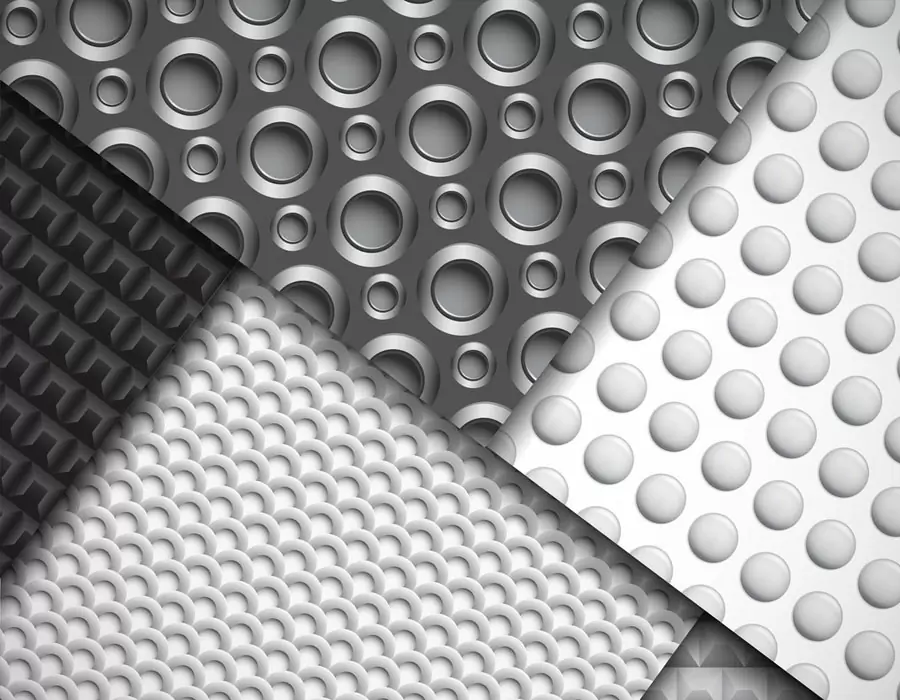
ISO 9001 certified. BE-CU Prototype Offering CNC machining carbon fiber and other manufacturing services for carbon fiber marterial. Various capabilities include notching, labeling, drilling carbon fiber, grinding, laser cutting carbon fiber, finishing, plating, marking, CNC milling carbon fiber and turning carbon fiber.We stock high quality 3k carbon fiber sheet in a variety of thickness, types and finish. Its a great material used in applications where light weight and strength are needed such as drones. Unlike other workshops, we have no min order and are often filling orders with a single part. We also don’t make you pay for the full sheet and you only get charged for what is used. With a large selection of material, you should find everything you need to make your project come to life. We are also able to handle larger production runs and provide a competitive pricing. If we don’t have the material or finish you require, we are more the willing to look at bringing it in for you.
What Is Carbon Fiber?Carbon fiber is made of polyacrylonitrile (PAN) (or pitch, viscose) and other organic fibers by carbonization (removal of most elements except carbon) by pyrolysis method under inert gas at high temperature above 1,000 °C. Inorganic polymer fibers with a carbon content of more than 90%.
-

3D Printing Continuous Fibres
-

3D Printing Short Fibre Filled Wires
-
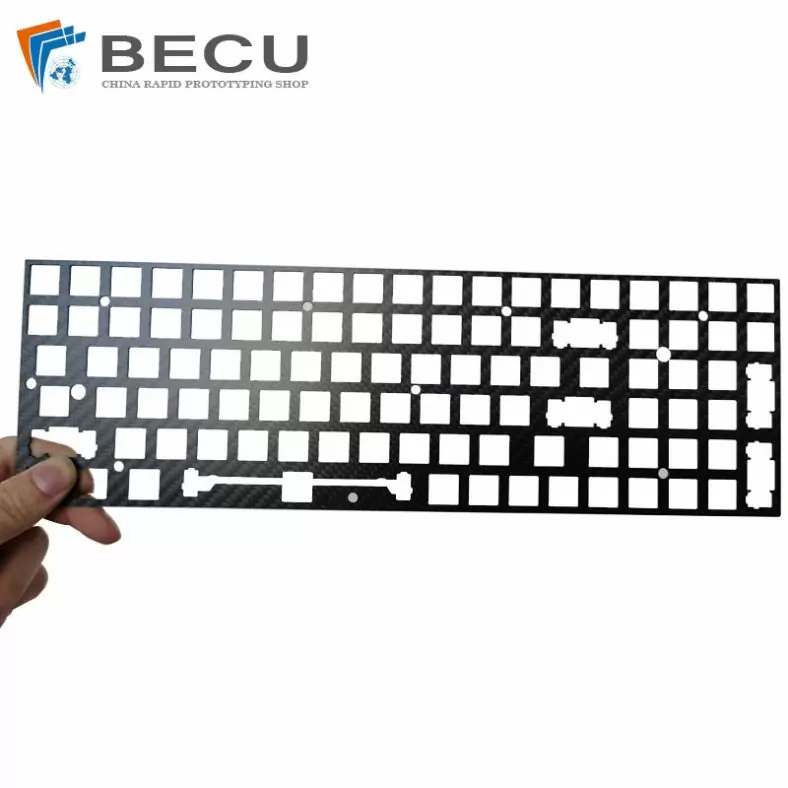
Laser Cutting Carbon Fiber Positioning Keyboard
-

Cnc Turning Industrial Copper-Aluminum Clad Carbon Fiber Machinery Parts
-
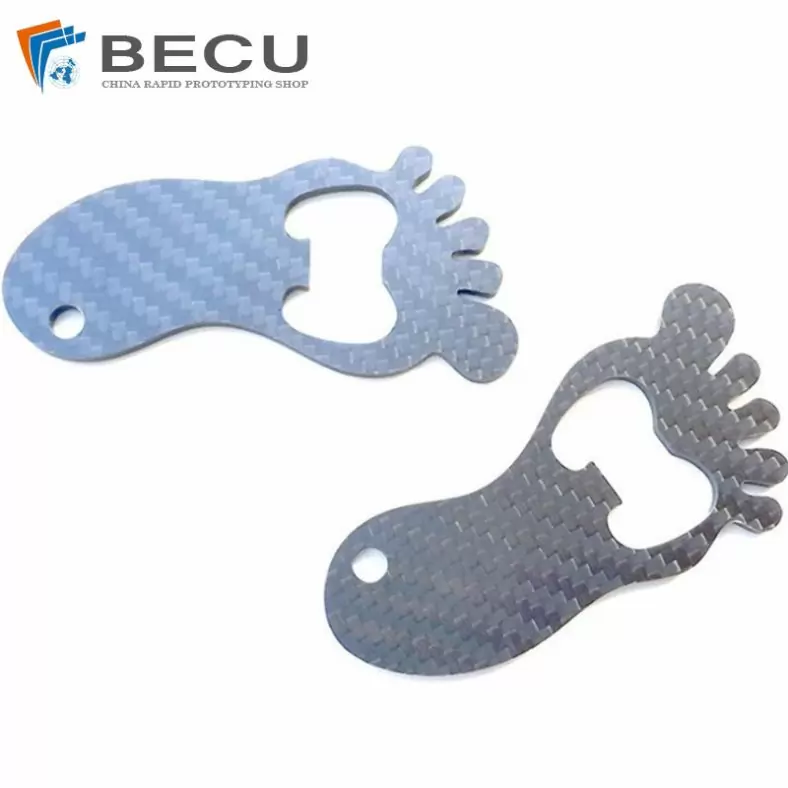
Carbon Fiber Luggage Tag Ornaments
-
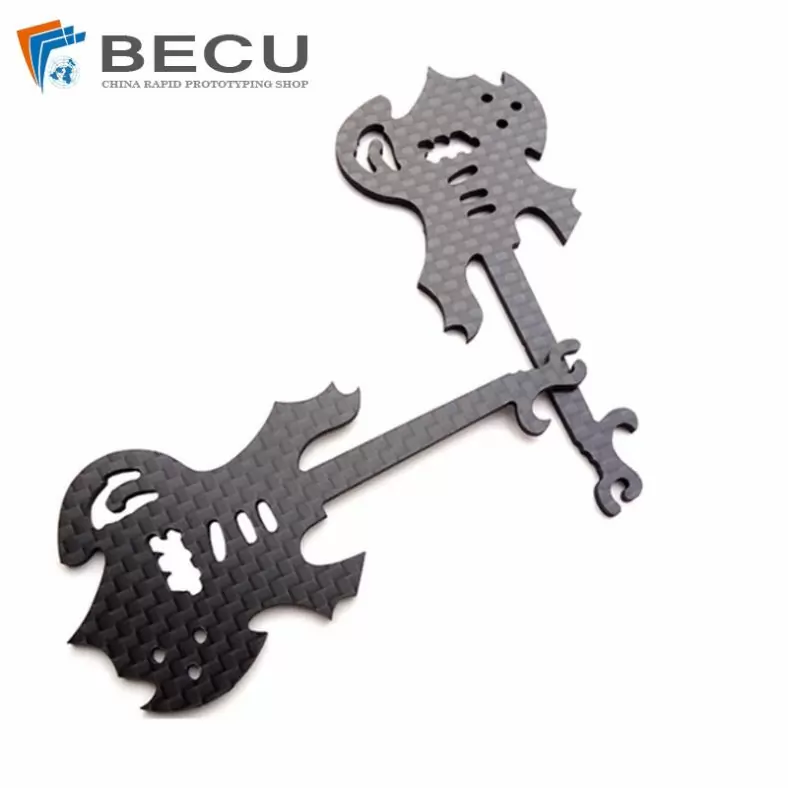
Laser Cutting Carbon Fiber Guitar Shape Crafts
-
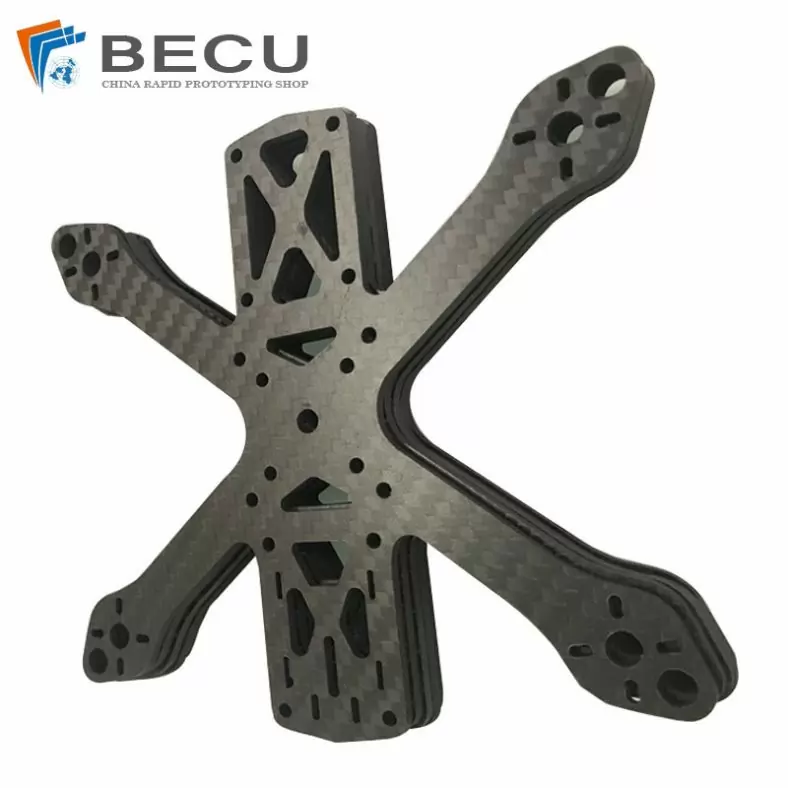
Laser Cutting Carbon Fiber Drone Rack
-
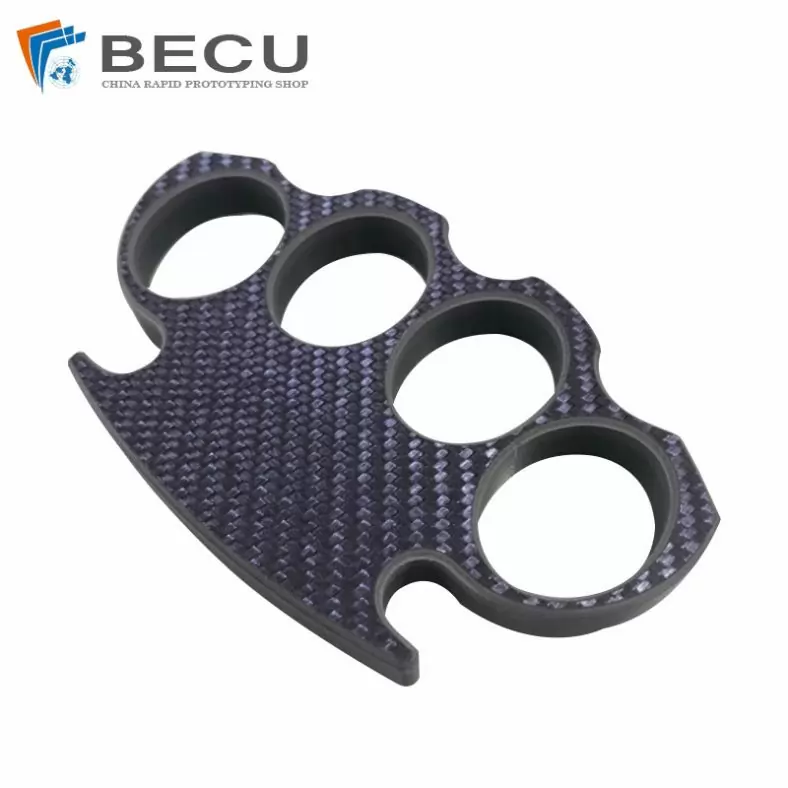
Cnc Milling Carbon Fiber Finger Buckle
